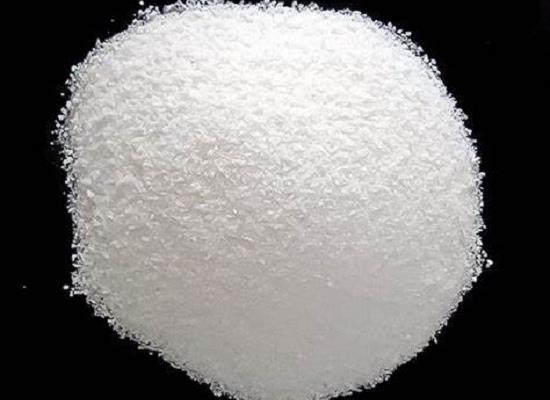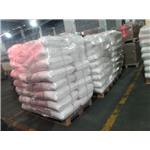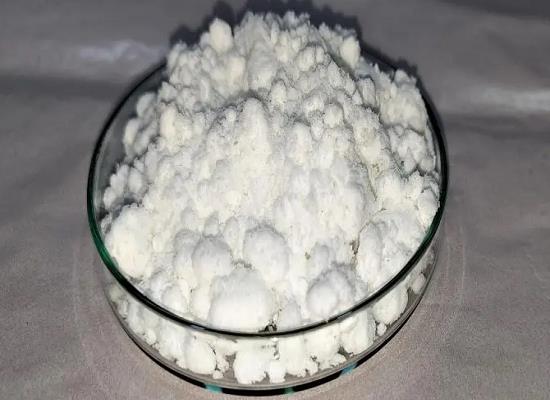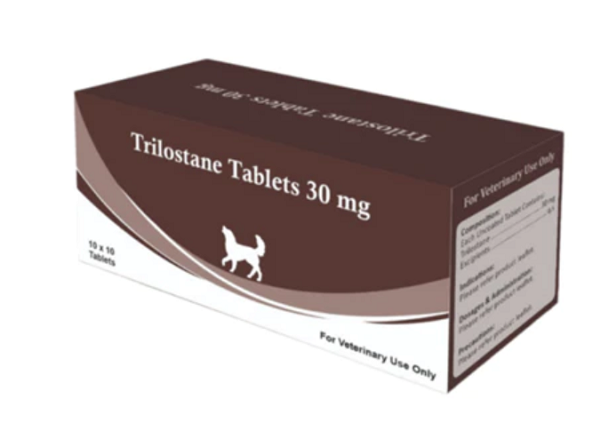Polyvinyl Butyral (PVB): Chemical Structure, Properties and Applications in Antibacterial Textile
General Description
Polyvinyl Butyral (PVB) is a polymer formed by the polymerization of butyraldehyde and polyvinyl alcohol, resulting in a unique chemical structure. PVB possesses excellent adhesion to glass, making it ideal for laminated safety glass applications. Its flexibility and toughness allow it to withstand pulling stress without permanent deformation. PVB is transparent, making it suitable for applications requiring visibility, such as automotive windshields. It also exhibits strong resistance to UV radiation. In terms of antibacterial textiles, PVB has shown promise when incorporated into nanofiber-covered yarns loaded with copper oxide (CuO) and vanadium oxide (V2O5) nanoparticles. The study found that the antibacterial efficiency of the material was influenced by yarn preparation speed and nanoparticle concentration. CuO nanoparticles demonstrated superior inhibitory effects against E. coli compared to V2O5. These nanoparticle-loaded nanofiber yarns exhibited excellent antibacterial efficacy, making them suitable for applications like wastewater filtration. Overall, the successful production of PVB-based nanofiber yarns opens up possibilities for disinfection in various environments, including air and water filters and textiles. Continued research in this field can lead to advancements in next-generation antibacterial applications.

Figure 1. PVB
Chemical Structure and Properties
PVB is a polymer that is formed by the polymerization of butyraldehyde and polyvinyl alcohol. This results in a chain of alternating monomers, which produces a repeating unit that consists of both vinyl alcohol units and butyraldehyde units linked by carbon-carbon bonds. The chemical structure of PVB gives it unique properties that make it an ideal material for various applications. The excellent adhesion of PVB to glass is due to its chemical structure. This property is utilized in its application as an interlayer in laminated safety glass. The flexibility and toughness of PVB make it an ideal material for applications that require strength and resilience. PVB exhibits impressive tensile strength, making it able to withstand significant pulling stress, without breaking or permanent deformation. Due to its clear and transparent nature, PVB is commonly used in applications where visibility is a crucial factor, such as in automotive windshields and architectural glass. Additionally, PVB possesses strong resistance to ultraviolet radiation, making it a preferred choice for applications exposed to sunlight. In summary, the chemical structure of PVB involves the polymerization of butyraldehyde and polyvinyl alcohol, forming a chain of alternating monomers. This structure gives PVB unique properties that make it an ideal material for a range of applications, including its excellent adhesion to glass, impressive tensile strength, transparency, and UV resistance. 1
Applications in Antibacterial Textile
PVB has emerged as a promising material for applications in antibacterial textiles, particularly in the form of nanoparticle-incorporated nanofiber-covered yarns. In a recent study, researchers utilized a custom needle-free electrospinning system to prepare nanofiber-covered yarns embedded with PVB, copper oxide (CuO) and vanadium (V) oxide (V2O5) nanoparticles. The primary objective was to develop functional nanofibrous surfaces with enhanced antibacterial properties while ensuring efficient production at high speeds. The experimental results revealed a correlation between yarn preparation speed, nanoparticle concentration, and the antibacterial effectiveness of the material. Higher yarn speeds were associated with decreased bacterial reduction, highlighting the importance of optimizing these parameters for desired outcomes. Notably, CuO nanoparticles exhibited superior inhibitory and bactericidal effects against Gram-negative Escherichia coli (E. coli) compared to V2O5. These nanoparticle-loaded nanofiber yarns demonstrated excellent antibacterial efficacy, making them viable candidates for various antibacterial textile applications, such as wastewater filtration. The study's findings offer valuable insights into the development of nanofiber-covered yarns for antibacterial surfaces, emphasizing the significance of nanoparticle selection and yarn production speed in enhancing antibacterial performance. Overall, the successful production of PVB, CuO and V2O5 nanoparticle-loaded nanofiber yarns presents a promising avenue for the disinfection of microorganisms in diverse environmental settings, including air and water filters, as well as textiles. The study underscores the potential of PVB-based materials in advancing next-generation antibacterial applications and highlights the importance of continued research in this rapidly evolving field. 2
Reference
1. Knight JT, El-Sisi AA, Elbelbisi AH, Newberry M, Salim HA. Mechanical Behavior of Laminated Glass Polymer Interlayer Subjected to Environmental Effects. Polymers (Basel). 2022;14(23):5113.
2. Yalcinkaya F, Komarek M. Polyvinyl Butyral (PVB) Nanofiber/Nanoparticle-Covered Yarns for Antibacterial Textile Surfaces. Int J Mol Sci. 2019;20(17):4317.
);You may like
Related articles And Qustion
See also
Lastest Price from PVB manufacturers

US $26.00/kg2023-12-11
- CAS:
- 63148-65-2
- Min. Order:
- 1kg
- Purity:
- 0.99
- Supply Ability:
- 30 tons

US $0.00/kg2023-11-21
- CAS:
- 63148-65-2
- Min. Order:
- 1kg
- Purity:
- 98%
- Supply Ability:
- 20 tons



